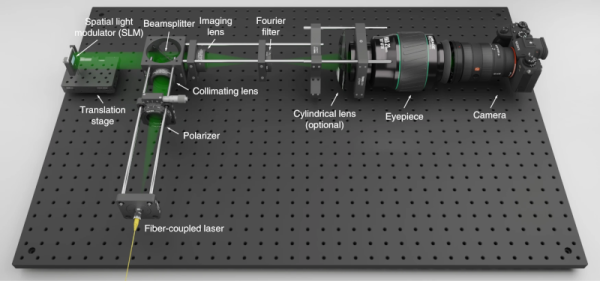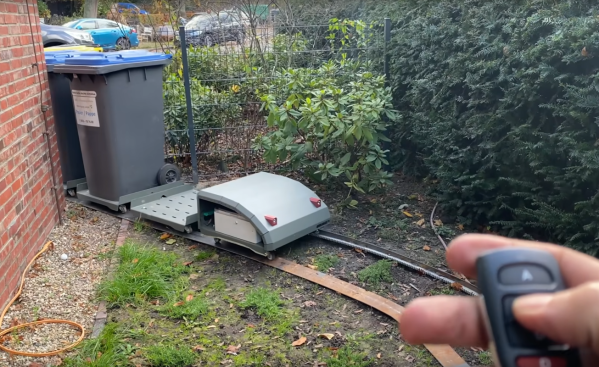Issac Asimov foresaw 3D virtual meetings but gave them the awkward name “tridimensional personification.” While you could almost do this now with VR headsets and 3D cameras, it would be awkward at best. It is easy to envision conference rooms full of computer equipment and scanners, but an MIT student has a method that may do away with all that by using machine learning to simplify hologram generation.
As usual, though, the popular press may be carried away a little bit. The key breakthrough here is that you can use TensorFlow to generate real-time holograms at a few frames per second using consumer-grade processing power found in a high-end phone from images with depth information, which is also available on some phones. There’s still the problem of displaying the hologram on the other side, which your phone can’t do. So any implication that you’ll download an app that enables holograms phone calls is hyperbole and images of this are in the realm of photoshop.
Continue reading “Holographic Cellphones Coming Thanks To AI”


















